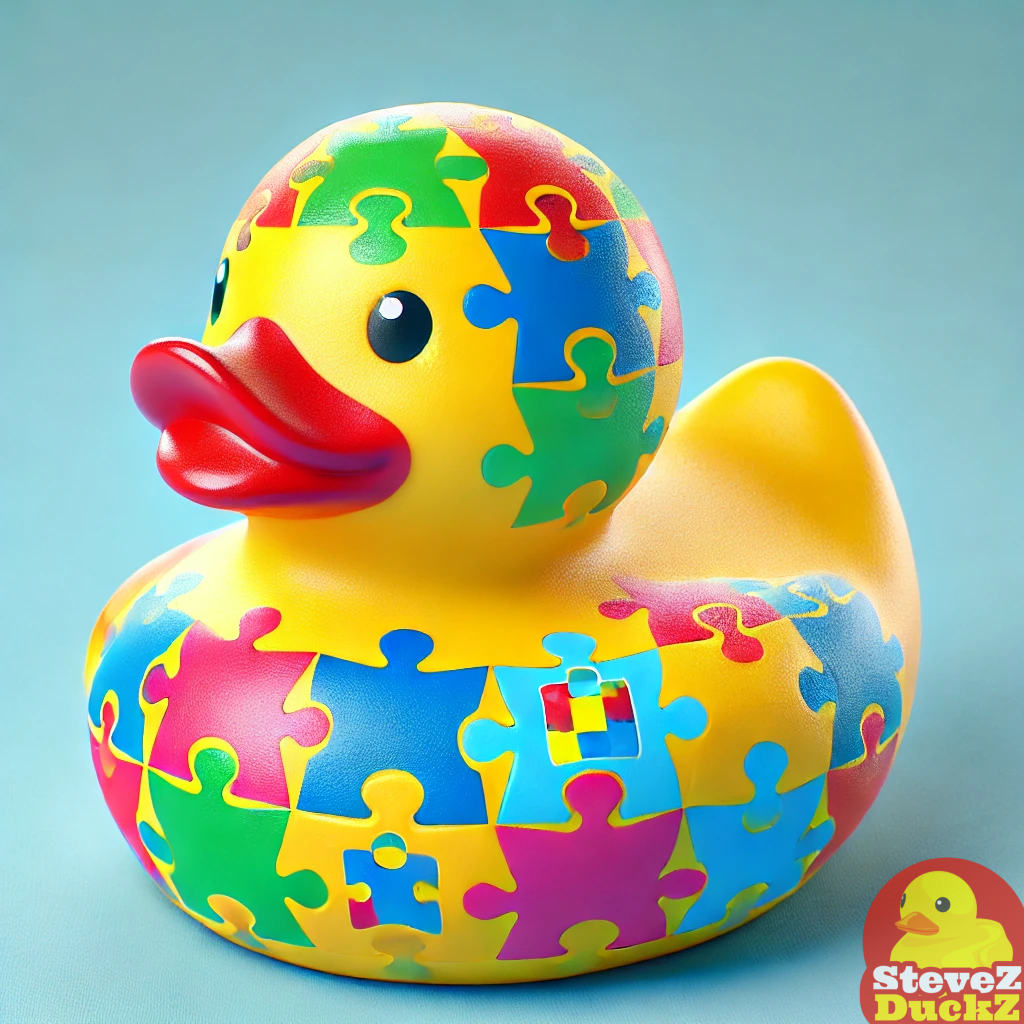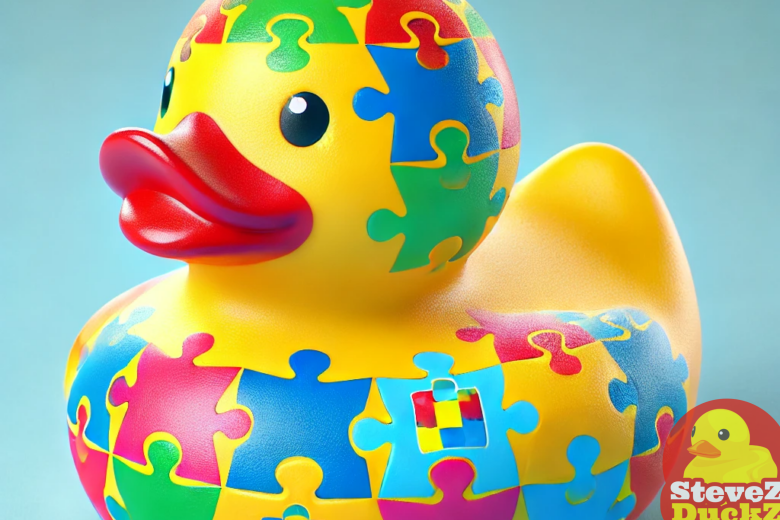The Comfort of Rubber Ducks: How They Support Individuals with Autism — Rubber ducks are a timeless and beloved childhood toy, but their benefits extend far beyond bath-time fun. For individuals with autism, these small, squeezable companions can provide comfort, sensory regulation, and social engagement in ways that might not be immediately obvious.
The Comfort of Rubber Ducks: How They Support Individuals with Autism

The Appeal of Rubber Ducks for Individuals with Autism
Many people on the autism spectrum find comfort in certain textures, predictable objects, and repetitive behaviors. Rubber ducks can fulfill these needs in several ways:
1. Sensory Regulation
Rubber ducks offer a unique sensory experience. Their soft yet firm texture, gentle squeak, and smooth surface provide tactile input that can be soothing. Many individuals with autism use sensory toys to help manage overstimulation, and rubber ducks can function as a simple yet effective sensory tool.
2. Predictability and Routine
Consistency is key for many individuals on the spectrum. Rubber ducks, with their simple design and reliable function, offer a predictable experience. Unlike high-tech or overly complex toys, they don’t have flashing lights or unexpected noises, making them a calming presence.
Keep this in mind of you buy lift up or squeaking rubber ducks.
3. Encouraging Communication and Social Skills
For children with autism who struggle with communication, rubber ducks can serve as a social bridge. Whether used in structured play therapy or everyday interactions, they can help children practice turn-taking, eye contact, and pretend play. Parents and therapists often use rubber ducks in speech therapy to encourage verbal skills by engaging in simple, playful conversations.
4. Emotional Support and Comfort
Much like stuffed animals or weighted blankets, rubber ducks can become a source of emotional comfort. Having a favorite duck to hold during stressful situations—such as doctor’s visits, car rides, or unfamiliar environments—can provide a sense of security and control.
How to Incorporate Rubber Ducks into Daily Life
If you’re looking for ways to introduce rubber ducks into an autism-friendly environment, here are a few ideas:
• Bath Time or Water Play: Many autistic children find water soothing. Floating ducks can make bath time more engaging and calming.
• Sensory Bins: Place rubber ducks in a bin with water, sand, or rice for an engaging sensory experience. Even find textured or odd shaped rubber ducks to add to the sensory bin.
• Routine Comfort Item: Carrying a small rubber duck in a pocket or backpack can provide reassurance in stressful settings.
• Therapy Tools: Use rubber ducks in speech and occupational therapy to encourage interaction and motor skills.
Final Thoughts
While rubber ducks might seem like simple toys, they can play a meaningful role in supporting individuals with autism. Their sensory-friendly nature, predictable structure, and comforting presence make them a great addition to a neurodivergent-friendly environment. Whether as a soothing fidget, a communication tool, or just a beloved companion, these little ducks can make a big difference in everyday life.
Do you or a loved one use rubber ducks as part of your autism-friendly routine? Share your experience, tips or tricks in the duckie comments below!
Autism Awareness to Autism Acceptance
Steve is a collector of rubber ducks. At SteveZ DuckZ, Steve will share off his rubber duck collection and share blog post relating to rubber ducks. If you love rubber ducks, please follow on social media or subscribe!
Discover more from SteveZ DuckZ
Subscribe to get the latest posts sent to your email.


